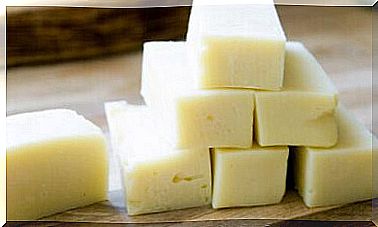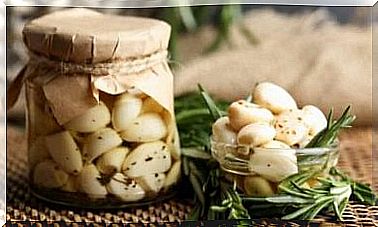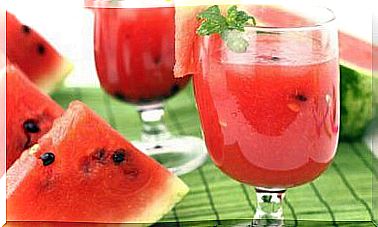What Is Colloidal Oatmeal And What Are Its Benefits?
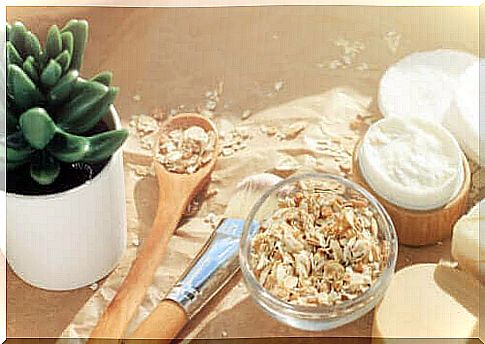
Colloidal oatmeal is a natural ingredient that is popular for its many skin health benefits. According to an article published in the Journal of Drugs in Dermatology, this oatmeal is a sedative.
It is regulated by the United States Food and Drug Administration (FDA) for its pharmacological uses. In fact, this product is readily available in a variety of formats, from bath powders to shampoos, shaving creams and lotions. So what are the benefits of this product and how do people usually use it?
What is colloidal oatmeal?
Colloidal oatmeal is made by grinding oat grains (Avena sativa) into a fine powder. Today , the cosmetics industry uses this product in a wide variety of personal health formulas, especially in skin care products.
A study in Clinical, Cosmetic and Investigational Dermatology explains that colloidal oatmeal has a complex chemical composition and consists of:
- polysaccharides
- Lipids
- Protein
- Flavonoids
- vitamins
- Minerals
Consumers also appreciate this ingredient for its moisturizing quality, as well as its anti-inflammatory and antioxidant properties. The dermatological use of colloidal oatmeal is also supported by numerous scientific studies.
Benefits of Colloidal Oatmeal

The nutritional composition of oats provides consumers with a range of health benefits, especially in the treatment of skin conditions. Thanks to its anti-inflammatory properties and emollients, it helps repair damaged skin and can relieve a number of ailments, such as:
- Skin rash
- Skin spots
- Itching and eczema
- Dry skin
- atopic eczema
- burns
- Diaper rash
The emollients in oats smooth and moisturize the skin, relieving symptoms such as itching and flaking. Of course there are many natural products that can help with skin problems, but many people choose oatmeal because it can be used for all skin types.
Studies suggest that colloidal oatmeal can also be used to combat the severe symptoms of xerosis and extremely dry skin.
This treatment is safe, mild, and may even help reduce the need for topical cortisone steroids, avoiding potentially uncomfortable side effects.
Now we need to make it clear that colloidal oatmeal is not a first-line defense in preventing skin problems. When dealing with moderate to severe burns, acne and dermatitis, you should always see a dermatologist first.
You will learn more about other treatment options from your dermatologist. Oat products are often used along with other medications to soothe skin discomfort.
How to use this ingredient
The most common way to use colloidal oatmeal is in an oat bath, where you mix the fine powder into bath water. However, as we mentioned earlier, oat gels, lotions, ointments and a variety of other products are also available.
Carefully follow the instructions on the package and ask your doctor or pharmacist if you have any questions. You should apply colloidal oatmeal lotions to the affected areas as needed. If you have dry hands, we recommend applying the lotion every time you wash your hands.
When using an oat ointment or lotion to treat diaper rash, always wash and dry the area well before applying.
It is wise to exercise caution or avoid applying ointments or creams to sensitive areas such as around your eyes, in your mouth and nose, and on the genitals. Do not apply to broken, cracked or scratched skin.
Are these products safe?
Colloidal oatmeal is safe for most people. In fact, to this day there are no reports of negative side effects after use. However, we do not recommend using oatmeal products to treat skin conditions if you have an oat allergy.
Also, don’t use it if you’re sensitive to oat by-products. If your itching gets worse or if you develop a rash after using colloidal oatmeal, stop using it.
How To Prepare Colloidal Oatmeal At Home
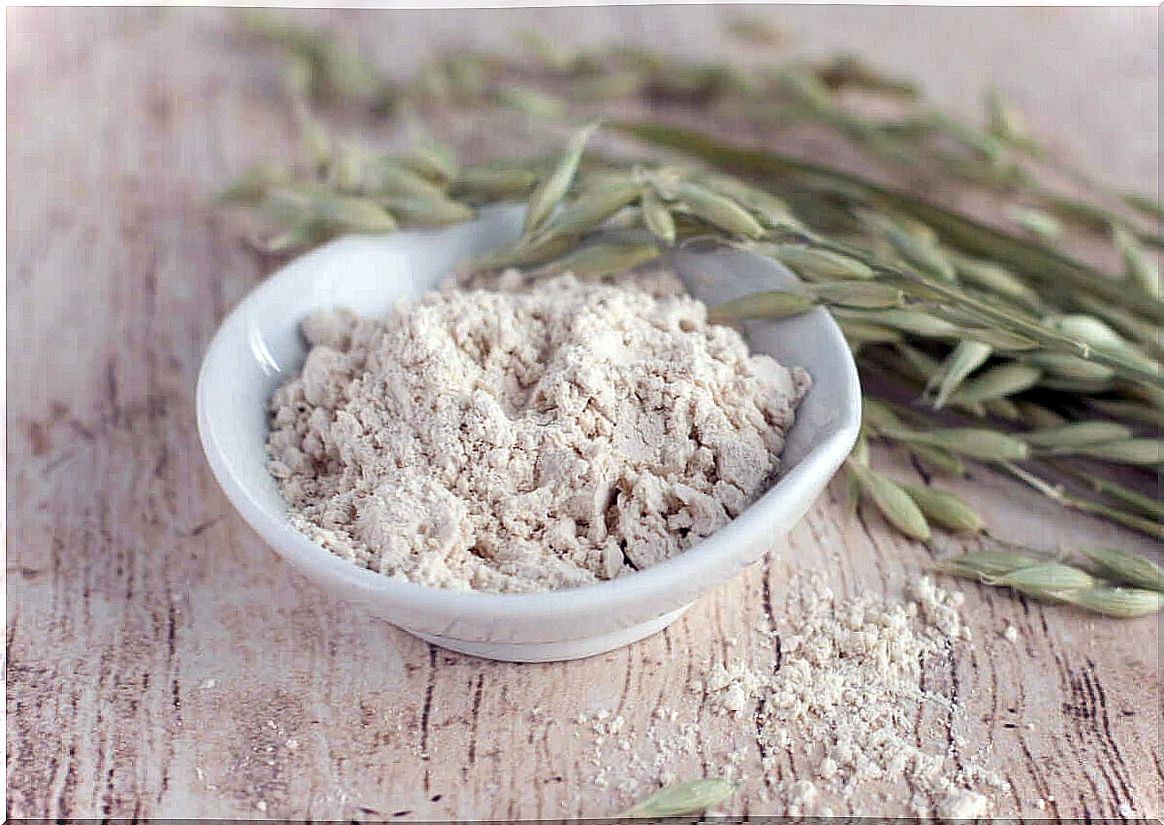
While it’s certainly convenient to buy ready-to-eat colloidal oatmeal at the store, you can make it at home in just a few easy steps. The final product is ideal to add to your bath or to make a natural mask.
Ingredients
- 125 grams whole grain oats (1/2 cup)
- A food processor or blender
Method
- First, put whole wheat oats in your food processor or blender.
- Turn it on until the oats form a soft, fine powder.
- Mix a small amount with water to see if the powder is fine enough. When the water turns milky white, your homemade colloidal oatmeal powder is ready.
Colloidal oatmeal is a soothing ingredient for the skin
There are many reasons to add colloidal oatmeal to your skincare routine. It is a mild ingredient that even people with the most sensitive skin can use and its composition helps protect the skin and combat dryness.
The most interesting thing about this product is that it comes in many formats. You can even make it at home easily with whole grain oats. So what do you think, would you like to give it a try? Remember to talk to your dermatologist if you have any questions or concerns.
